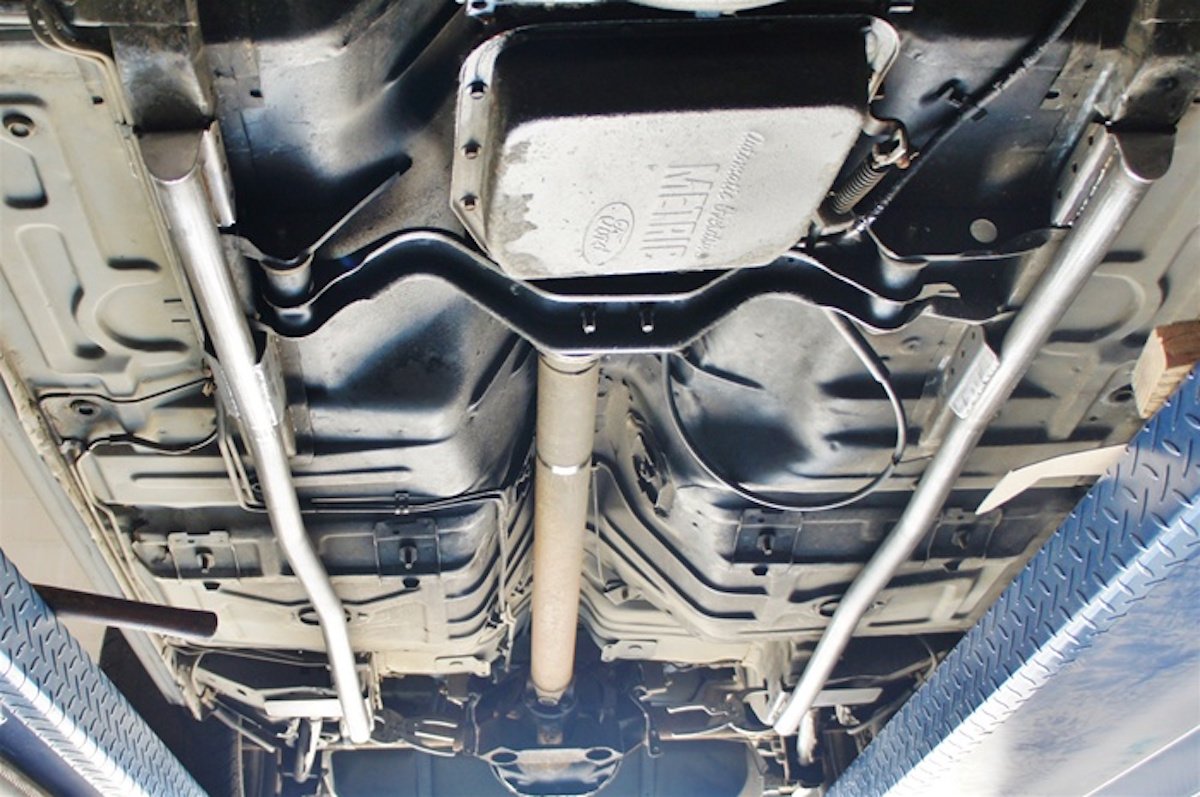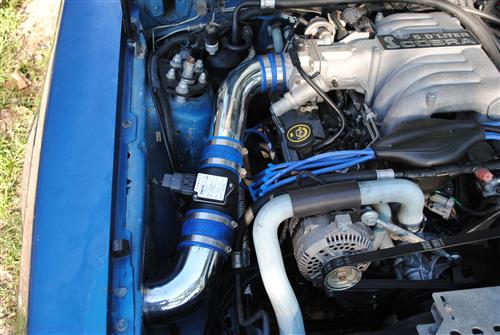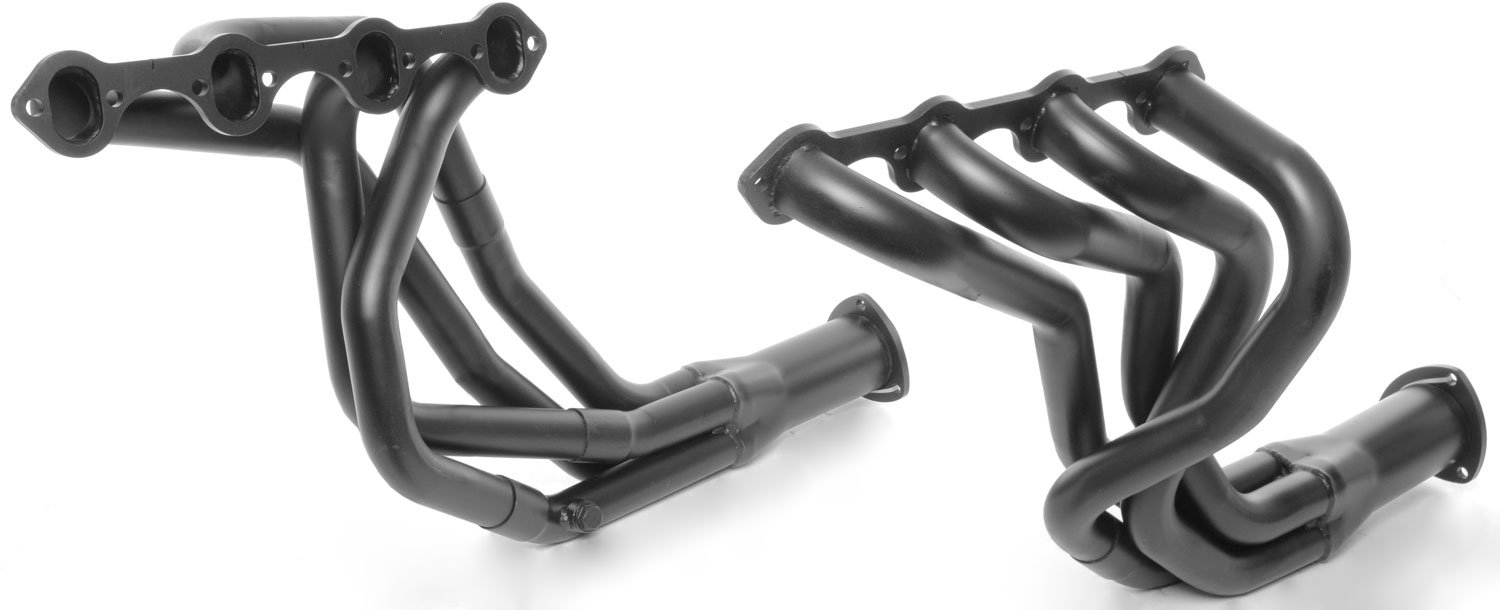You’ve heard tales of what the Foxbody can do. You’ve seen them at every drag race event. You want some of that action so you go out and find your perfect Fox. Now you’re living life a quarter-mile at a time.
Traffic lights have become mini practice events to fine-tune your reaction time. But, you’ve come to realize that the modern Camry next to you at the light can eat you for lunch despite the grumbles of your 5 point oh V8.
Let’s face it, with modern technology, the soccer-mom deliver utility vehicle is going to give you a run for your money.

Well, that doesn’t mean you should give up and trade the ole Fox for a minivan. No, definitely not. Brand new, these cars were capable of running into the 12’s at the local drag strip. Granted, that largely depended on driving ability and ingenuity to get the most out of the vehicle.
And let’s face it, that pony of yours has probably seen some things and is getting a little tired. The Fox has been around for generations, now, and almost every imaginable modification to get the most out of it has been meticulously detailed.
Chassis

Let’s go through some things to try to prep your ride for the track – on a budget. First, it is strongly recommended you reinforce that unibody chassis as much as possible. When you add power to this car, that frame flexes more than a freak show performer.
Subframe connectors and torque box reinforcements should be at the top of your list in your budget. Unfortunately, these mods will likely require some welding and are probably the only mods the average aspiring racer can’t do in their own garage. But a strong chassis is the base of any race car.
For the easiest power boost, modifying your rear differential gears will be your biggest bang-for-the-buck. The Fox was born out of the need for Ford to produce a fuel-efficient (by 80’s standards) V8 sports car and part of that was having fairly low factory gearing. By upgrading your gears to 3.73:1 or even 4.10:1 ratios, you’re going to see a significant increase of torque off the line. Keep in mind that a 4.10:1 ratio is going to take a lot of the streetability out of the car… if you care.
Tires

Now that your torque has been increased, you’re going to need some good rubber to transfer that power to the ground. A slipping tire is just lost power and a slower time on the strip. Tire technology has improved dramatically since the ‘90s and that means you can lay down a lot more power before heavy modifications come into play.
Nitto and Mickey Thompson both make drag radials that will suit your needs at the track while still being street friendly; within reason. They will also fit your stock or 4-lug wheels. Some fender rolling may have to be done, but that’s a free modification.
A tune-up. That old engine likely needs some love. Things like cleaning the throttle body, replacing spark plug wires, a clean air filter, new spark plugs… well you get the idea.
Get that engine running as efficiently as possible to restore some of its former glory. Once that’s done, you’re probably ready to move on to bigger and better engine mods.
Engine Performance Modification

Air Intake
Most people like to install cold air intakes. It only offers a small increase in power, but a significant increase in that lovely V8 song. Just make sure if this is a mod you want to do, that the intake actually allows the air filter to sit inside the fender. After all, what’s the point of a cold air intake that just swallows hot engine air?
Additionally, a throttle body of the same diameter as the air intake should be installed. You don’t want your throttle body bottle-necking that airflow. The Mass Air Meter should also be replaced to match. But beware that the Mass Air Meter must be matched with your fuel injectors and both of these items require an ECU tune when installed.
Engine
I’m going to include intake, camshaft, and heads together. Any one of these installed on their own are not going to make noticeable gains. Admittedly, a camshaft does make the 5.0 sound like a Mozart crescendo for gearheads. But these items should be chosen to work together in concert.
A popular budget path is to obtain the intake and heads from the 90’s Ford Explorers which allowed more flow over the stock Mustang ones. But the Ford Performance GT40 heads and intake offered better gains for a price.
As for the camshaft, well that requires more research than what I can provide in this article, but “lettered” cams were the go-to for Foxes. These mods together will net you a massive gain in power. Just be careful to not flirt with the 500hp range as the stock 5.0 block will crack right down the center if you exceed it.
Exhaust
You now have a machine that harnesses explosions but can’t dispose of its waste effectively. A set of headers will allow those gasses to escape quicker by offering less resistance and are relatively easy to install. Because you want those gasses out of the system as quickly as possible, any exhaust system after the headers only hurts your power numbers. However, if you need an exhaust system for the street there are plenty of high-flow options on the aftermarket.

Delete the non-essentials
Also, there are several small mods you can perform on the engine to maximize your power. Any accessory running off your belt robs small amounts of power from the engine. A/C and power steering are both luxuries that a drag racer does not need. The smog pump, if it’s even still on the car, is something fox owners love to bypass.
The clutch fan is often replaced with an electric fan. You could even go as far as to install an electric water pump. By removing all the aforementioned accessories, you would be down to just powering an alternator. True drag racers would say that even an alternator is optional.
Locate the battery to the trunk/hatch of the car. By moving this forty-pound brick to the rear, you’re adding weight over the rear axle which helps with traction, and removing weight from the nose of the car which allows it to squat better off the line.

If you have performed these modifications to your Fox, you’re going to have a very capable drag car. The only limit is your budget and time. But like all tools in the toolbox, they’re only as good as the operator.
Drag racing is not as easy as it appears and requires lots of practice to understand how to launch your car, get the perfect reaction times, and to learn to read the numbers in order to tweak your car’s performance.
There is no substitution for seat time.




